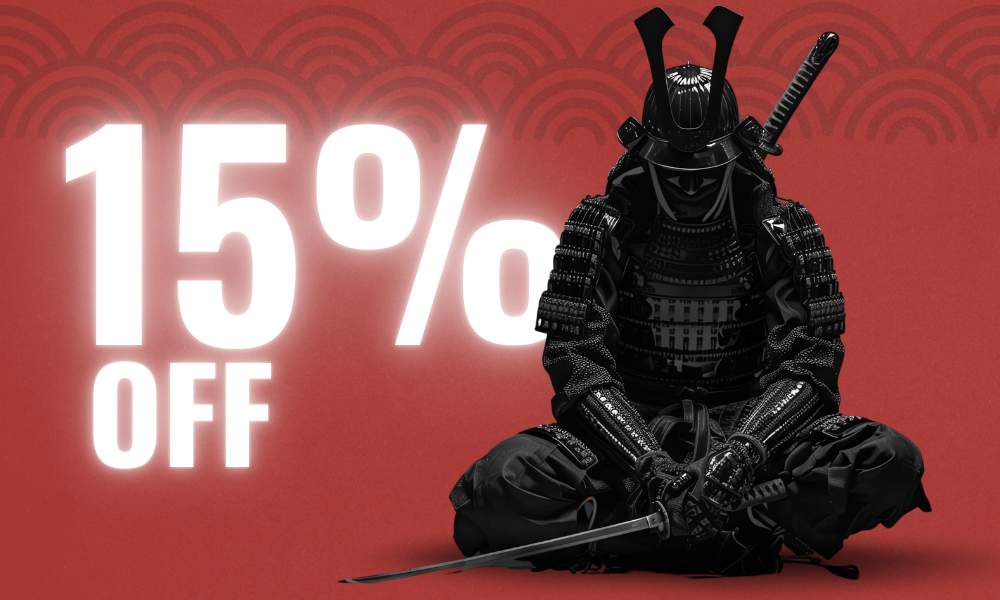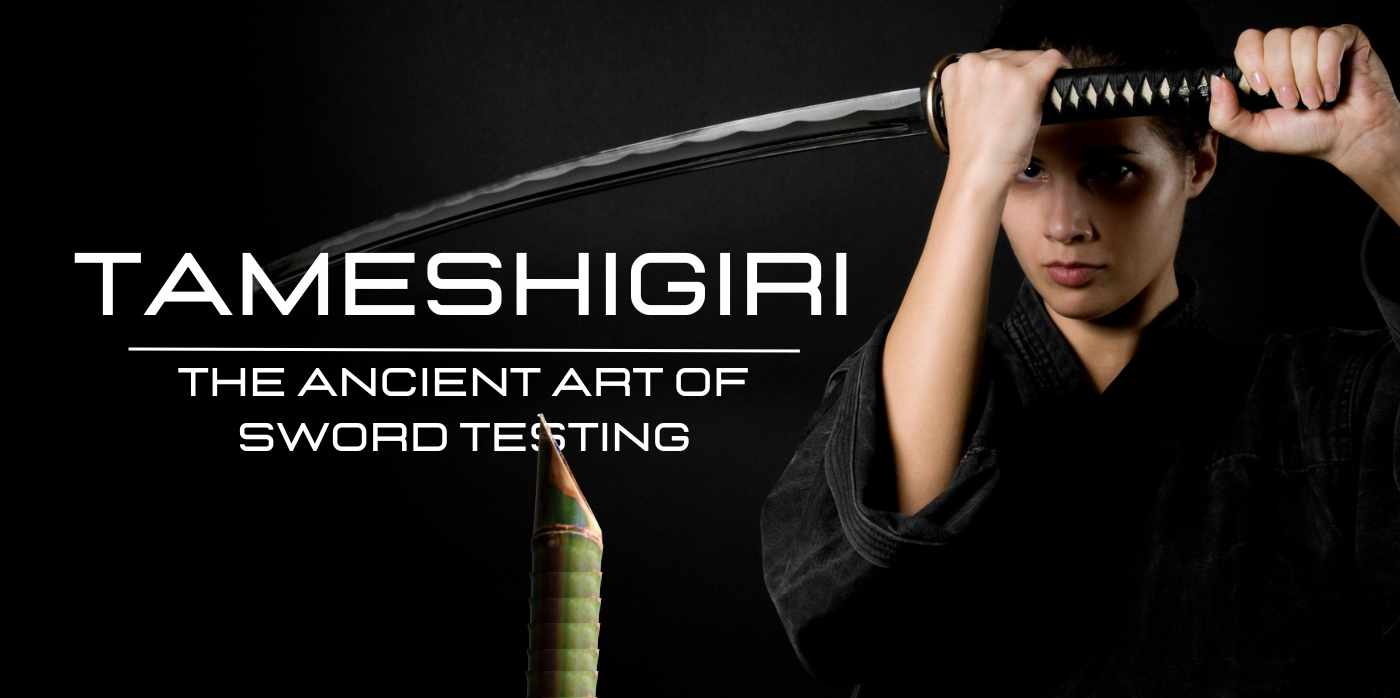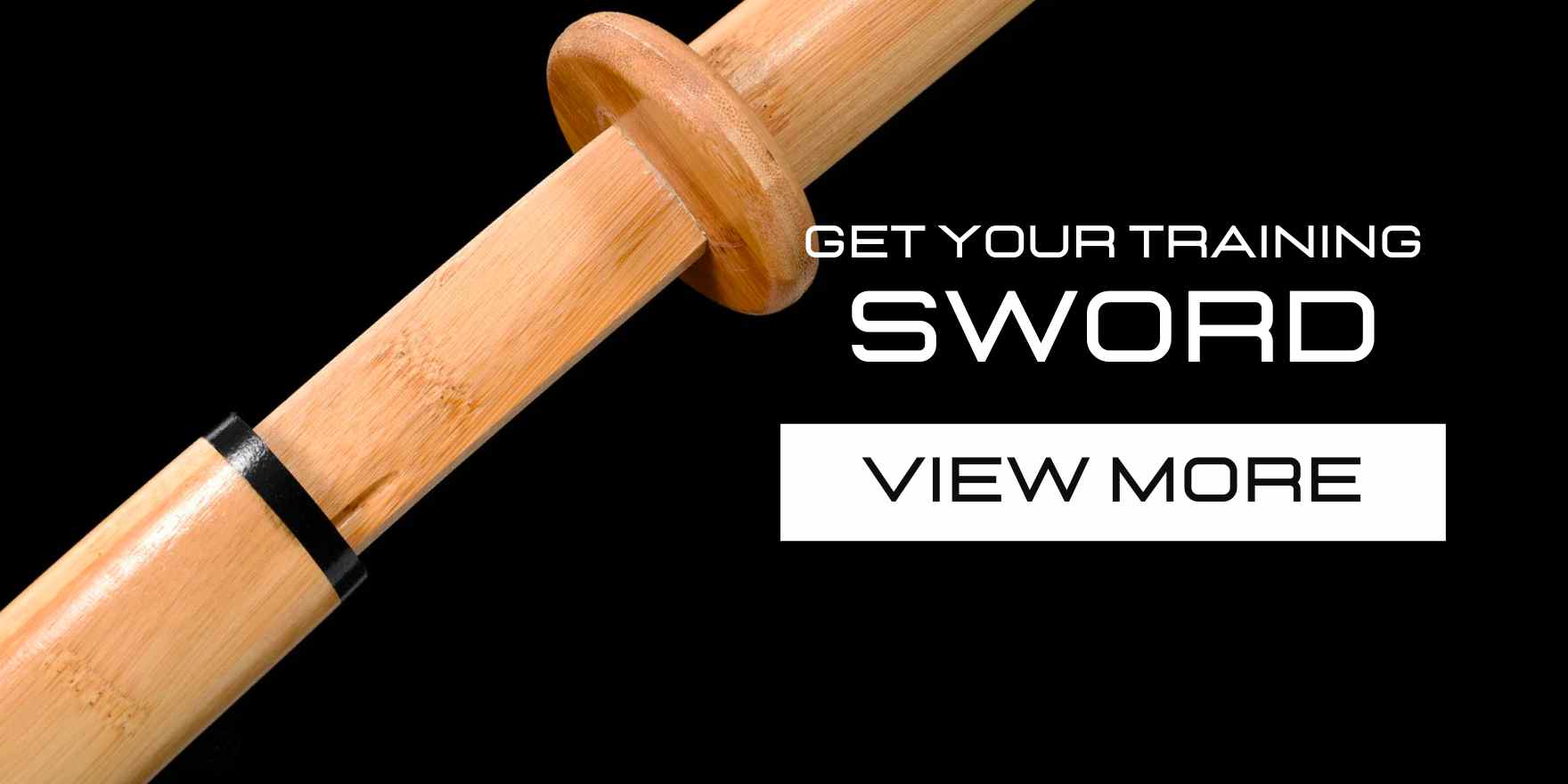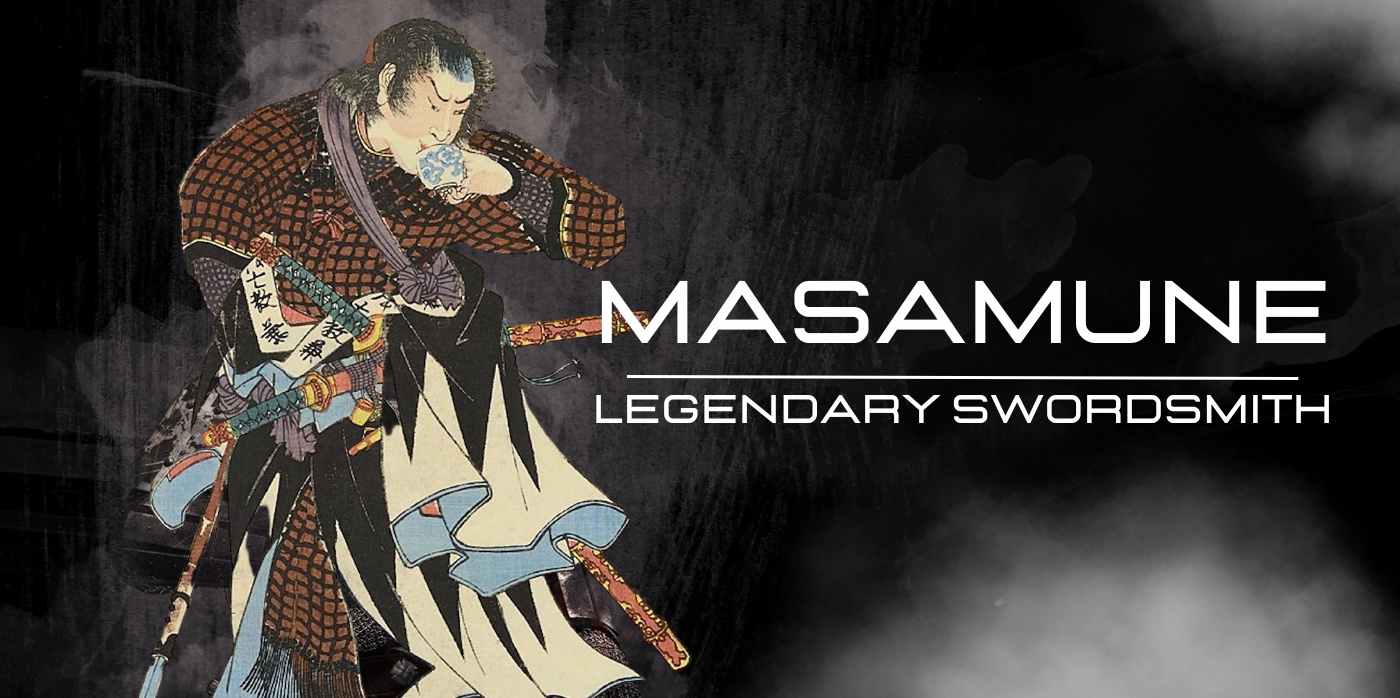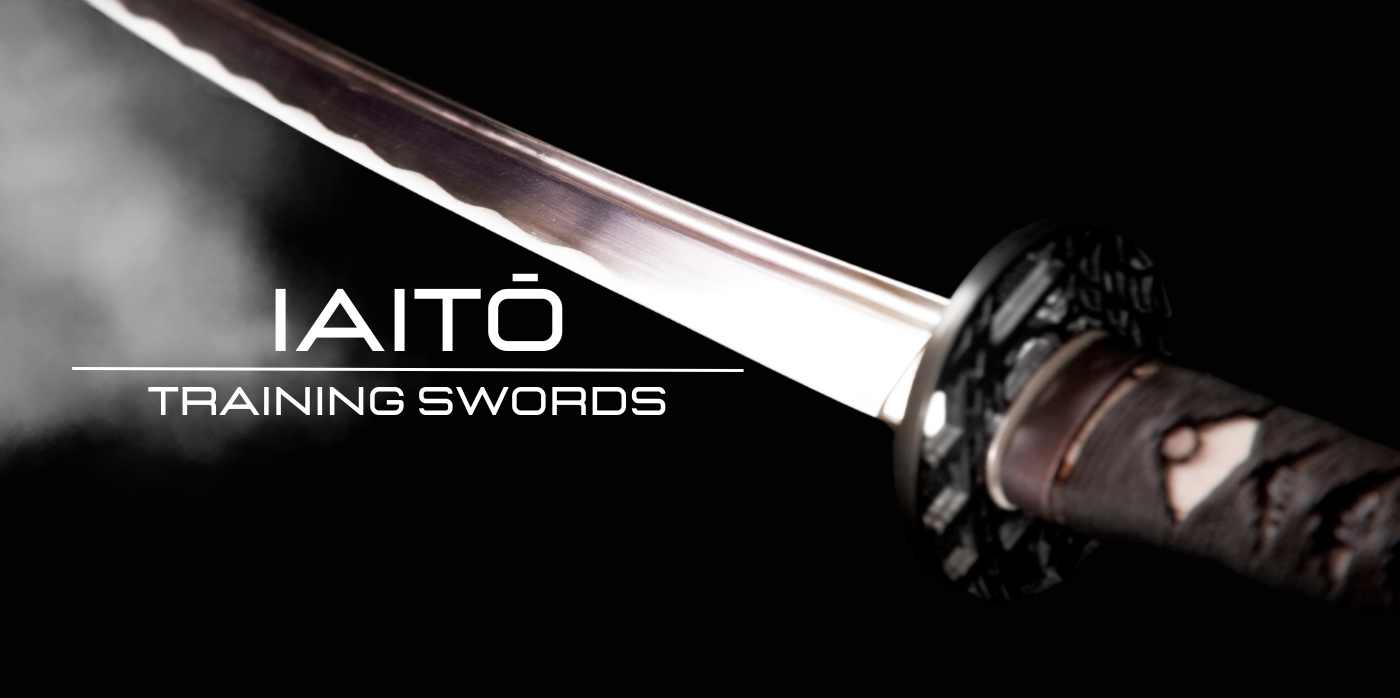In this post, we're taking a deep dive into the enigmatic art of Tameshigiri, the venerable Japanese discipline of test cutting. With a rich heritage that traces back to the dawn of swordsmanship, Tameshigiri captivates everyone from seasoned martial artists to casual enthusiasts and inquisitive newcomers. Consider this comprehensive guide as your ultimate handbook for unraveling the intricacies of this fascinating martial practice.
What is Tameshigiri?
Tameshigiri (試し斬り) literally translates to "test cut" in Japanese. It is the practice of testing the quality and sharpness of Japanese swords, primarily the katana, by cutting through various targets. The targets can range from rolled and soaked tatami mats to bamboo and even animal bones. The ultimate aim is to evaluate the sword's effectiveness in combat situations.
The primary purpose of tameshigiri is to evaluate a sword's cutting capability and a swordsman's skill. In the past, tameshigiri was also used to test newly-forged swords. Master swordsmiths and expert swordsmen would evaluate the blade's quality based on how cleanly and easily it could cut through the designated targets.
Modern practitioners of tameshigiri often view it as both a form of martial art and a method for preserving traditional Japanese sword techniques. It serves as a practical test that complements kata, or form practice, in martial arts like Iaido or Kenjutsu. It allows martial artists to understand the practical implications of their sword movements, providing a more comprehensive understanding of swordsmanship.
Tameshigiri is not just about hacking away at an object; it requires a high degree of skill, precision, and understanding of the blade's dynamics. Proper form, grip, swing, and follow-through are all critical factors that contribute to a successful cut.

Tameshigiri | Credit: Tetsuo Nakahara
What are the origins of Tameshigiri
The roots of tameshigiri are deeply embedded in the turbulent era of feudal Japan, a time when the samurai were both warriors and discerning aficionados of swordsmanship. For these esteemed warriors, swords transcended their function as mere weapons; they were revered artifacts, steeped in spiritual meaning and admired for their craftsmanship.
Considering the pivotal role that swords occupied in samurai culture, a stringent evaluation of their performance was absolutely crucial. The blades had to be evaluated not just for their aesthetic qualities but also for their functional attributes like cutting prowess, equilibrium, and keenness. Tameshigiri emerged as a systematic method to evaluate these factors.
Early forms of tameshigiri may have involved cutting through various materials, including bamboo, straw, and even corpses or condemned criminals. The latter practice, known as "Tameshi Mono" or "Tameshi Giri," involved executing a death-row prisoner with a single, decisive cut. However, this form of testing was controversial and eventually became less common.
As the samurai class evolved and Japan entered more peaceful times, particularly during the Edo period (1603-1868), tameshigiri began to transition from a practical test of a sword's effectiveness in battle to more of a martial art form. Sword schools started incorporating tameshigiri into their curriculum, transforming it into a practice that not only evaluated the quality of the blade but also the skill of the wielder.
Which sword is used in Tameshigiri
The type of sword used in tameshigiri can vary depending on the school of martial art, the individual practitioner's preference, and the specific techniques being practiced. However, some common types of swords used for tameshigiri include:
Katana
In tameshigiri, the katana is the weapon of choice for many practitioners. Also called "Shinken"meaning "live-edged blade" (in constrast with the bokken, a wooden sword). Shinken are used by advanced practitioners who have extensive experience with sword handling and cutting techniques. This traditional Japanese sword is renowned for its razor-sharp edge, optimal balance, and exquisite craftsmanship. Its unique curvature allows for precise and fluid cuts, making it an ideal choice for the art of tameshigiri.
Iaito
An iaito (居合刀) is an unsharpened practice sword that mimics the weight and balance of a live blade. While it can't be used for cutting, it is often used in practice by those learning Iaido or other martial arts that include sword-drawing techniques. Iaito are not suitable for tameshigiri but are commonly used in other aspects of sword training.
Machetes or Specialized Cutting Blades
In some modern dojos or for specific types of cutting exercises, machetes or specialized cutting blades might be used. These are typically not traditional but are optimized for cutting specific targets like tatami mats or bamboo.
Dotanuki
The Dotanuki is a type of Japanese sword forged by the Dotanuki school, known for its cutting ability and was supposedly favored by samurai for tameshigiri. These swords are characterized by a simple, unadorned design focused entirely on function.
Custom Blades
Some practitioners invest in custom blades that are crafted to their specifications. Customized to meet an individual's unique requirements, these blades are carefully calibrated for factors such as weight, balance, and the user's favored cutting methods.
It's crucial to emphasize that safety measures should be consistently observed, no matter what kind of sword is being used for tameshigiri practice. Only experienced practitioners should use live blades, and even then, it should be done under expert supervision. Proper maintenance of the sword is also crucial for effective and safe tameshigiri.
Whether a novice using an unsharpened practice blade or a seasoned martial artist using a custom-crafted shinken, the focus remains the same: perfecting the art of the cut.
Types of Targets in Tameshigiri
When it comes to tameshigiri, or test cutting, a range of targets and cuts are commonly used to evaluate a practitioner's skill and the effectiveness of their sword. Below are some of the most prevalent types of targets and cuts that you'll encounter in the world of tameshigiri.
Tatami Mats
These are perhaps the most commonly used targets in tameshigiri. Usually soaked in water to give them density and weight, tatami mats provide a cutting experience similar to that of human flesh and bone. Cutting through a rolled-up and soaked tatami mat requires not only strength but also perfect technique.
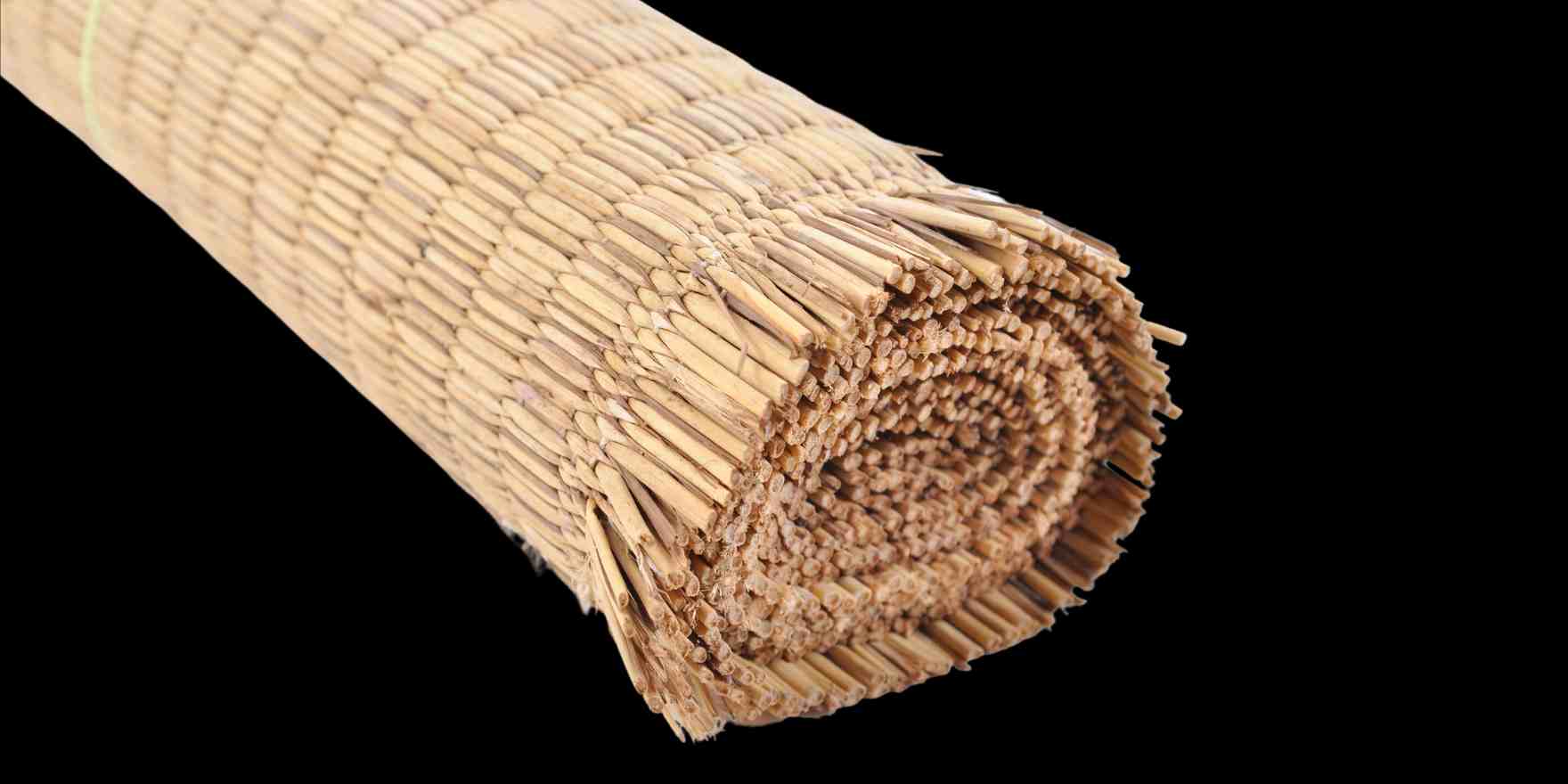
Bamboo
Bamboo poles are another traditional target used in tameshigiri. They are used mainly because of their resemblance to the density of human bone. Bamboo is both hard and flexible, demanding a high level of skill to cut cleanly.
Paper
In some instances, especially during exhibitions or demonstrations, paper may be used as a target. A clean cut through paper requires an extremely sharp blade and precise technique, making it a surprising challenge.
Soft Targets
Items such as fruits, vegetables, or clay may also be used, particularly for demonstrations or specialized training exercises. These targets often don't provide the same resistance as tatami or bamboo, but they can still be valuable for practicing control and precision.
Types of Cuts in Tameshigiri
Kesagiri
This is a diagonal cut, usually going from shoulder to opposite hip. It's one of the most basic and frequently used cuts in tameshigiri.
Yokogiri
A horizontal cut, aimed at cutting the target cleanly in half. This cut tests the practitioner’s ability to maintain a straight and level sword path. It is often harder than it looks.
Kiriage
An upward diagonal cut. This cut is challenging because the practitioner must cut against gravity, requiring a precise combination of speed and strength.
Tsuki
This is a thrust rather than a cut. The objective is to pierce the target directly, requiring pinpoint accuracy and control over the blade.
Nukiuchi
This cut involves drawing the sword and cutting in one fluid motion, usually horizontally. It is particularly common in iaido but is also used in tameshigiri to test the practitioner's ability to execute a quick and accurate cut from the sheath.
Shiho giri
This involves four cuts usually done consecutively in quick succession. It is designed to mimic the cuts one might use in combat and tests a variety of skills including speed, control, and transition between different cuts.
Tsubame Gaeshi
A specialized cut that involves a rapid series of diagonal or horizontal cuts, sometimes returning along the same line. Named after the "swallow’s tail," this technique requires extreme precision.
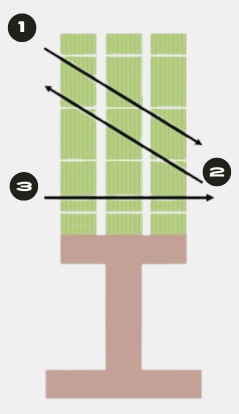
Yoko-Narabi
Often used in multiple target cutting, Yoko-Narabi involves a series of horizontal cuts executed in quick succession.
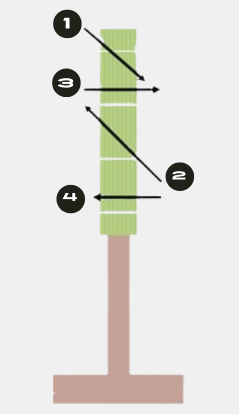
Kesa-Narabi
Similar to Yoko-Narabi but involves a series of downward diagonal cuts, often used on multiple targets.
Jodan no Kamae
While not a cut, this high stance is often used as a starting position for various tameshigiri techniques.
Gyaku Kesa
An upward diagonal cut starting from the hip and going towards the opposite shoulder.
Do Giri
A horizontal cut aimed at the torso area, usually done to simulate a real-life combat scenario.
How to perform Tameshigiri
Performing tameshigiri, or test cutting, is a complex skill that requires a deep understanding of Japanese swordsmanship, specific techniques, and safety protocols. Tameshigiri serves as a dual test to assess the craftsmanship of a Japanese blade as well as the expertise of the individual wielding it. It's important to note that Tameshigiri involves inherent risks and should only be practiced under the supervision of a qualified instructor. Below is a general overview:
Preparing for Tameshigiri
Equipment Needed:
- A sharp, well-maintained katana or other Japanese sword suitable for cutting
- A tameshigiri stand to hold the cutting targets
- Cutting targets (often rolled and soaked tatami mats, or bamboo)
- Personal protective equipment: gloves, eye protection, etc.
Safety Protocols:
- Ensure the cutting area is clear of people and obstructions.
- Ensure that all your gear is in optimal condition and always execute your movements with practiced control to minimize the risk of accidents.
- Techniques and Stances
There are various techniques for performing tameshigiri, often tied to particular schools of Japanese swordsmanship (kenjutsu or iaido, for example). However, common elements include:
- Proper Grip: Hold the katana with both hands, ensuring a firm but not overly tight grip.
- Stance and Posture: Stand with feet shoulder-width apart, often in a specific stance dictated by your swordsmanship style.
- Aiming: Before executing the cut, aim at the target. Take a brief moment to focus, ensuring your alignment and grip are correct.
- Cutting: Execute the cut with a swift, smooth motion. The power comes from a combination of your arms, hips, and legs working in harmony.
- Follow-through: Complete the cut by following through the motion, returning to a ready stance for the next cut or to sheathe the sword.
Types of Cuts:
- Horizontal Cut (Yokogiri): A side-to-side cut, typically aimed at the middle of the target.
- Diagonal Cut (Kesagiri): A downward diagonal cut, usually from shoulder to opposite hip.
- Vertical Cut (Kiriage): An upward cut, usually from hip to shoulder.
- Straight Downward Cut (Kirioroshi): A straight cut from the top down, usually aimed at the center of the target.
Practice
- Start Slow: Begin with slow, controlled cuts to understand the feel and mechanics of the sword and the cut.
- Progress to Multiple Cuts: As you get comfortable, you can try to execute multiple cuts on a single target or multiple targets in quick succession.
- Analyze and Adjust: Each cut can tell you something about your technique. Whether the cut is clean or ragged, went through the target easily or got stuck, each outcome provides valuable feedback.
Advanced Techniques
- Drawing and Cutting (Battojutsu/Iaido): Drawing the sword and cutting in one fluid motion.
- Multiple Targets: Cutting multiple targets either in one swing or in quick succession.
- Precision Cutting: Making very specific cuts, such as cutting a target into predefined shapes.
Expert Guidance and Continuous Learning
Always seek expert instruction when practicing tameshigiri. This practice is not just about cutting objects but also about understanding the deeper aspects of Japanese martial arts, including focus, discipline, and the development of skill over time.
By consistently practicing under proper guidance, you will not only improve your tameshigiri technique but also gain a deeper understanding of the art of Japanese swordsmanship.


